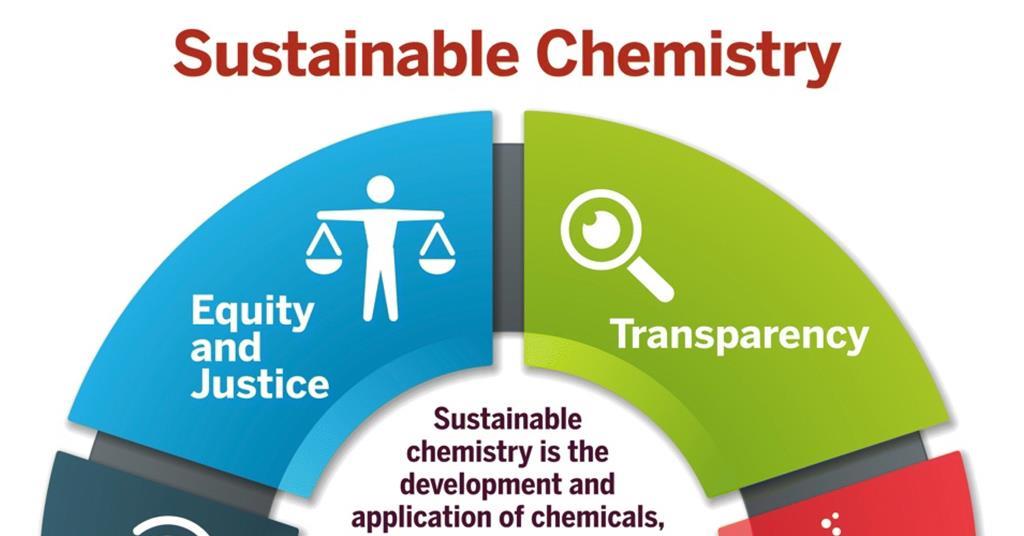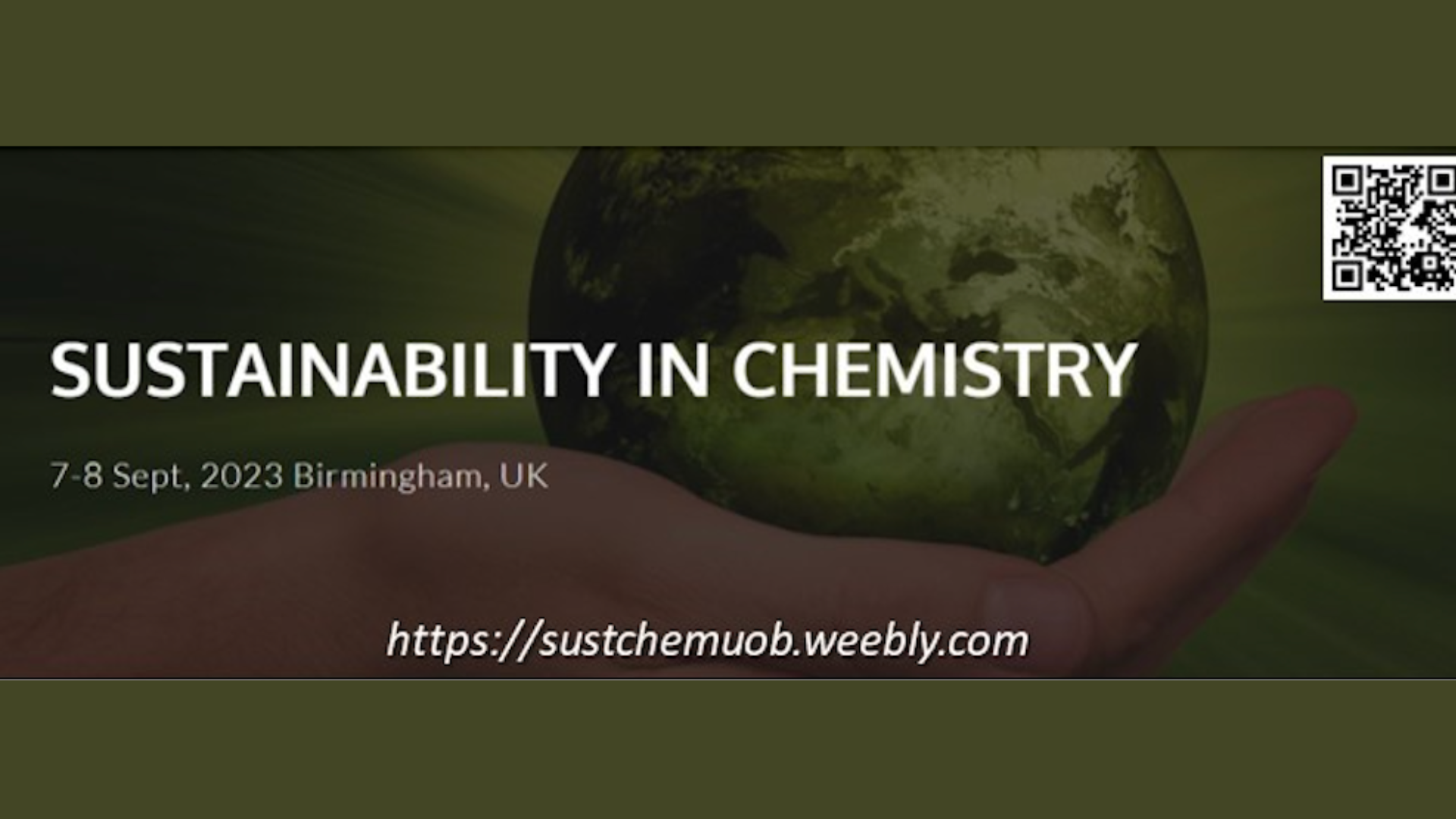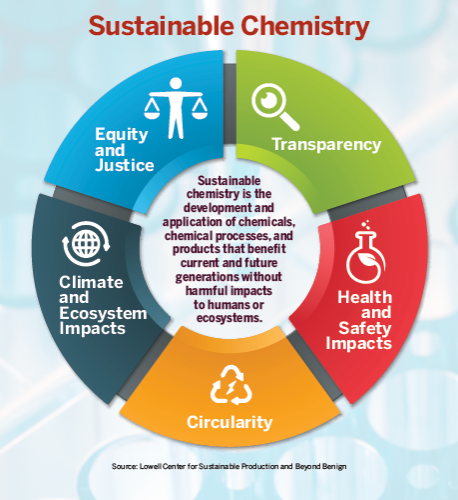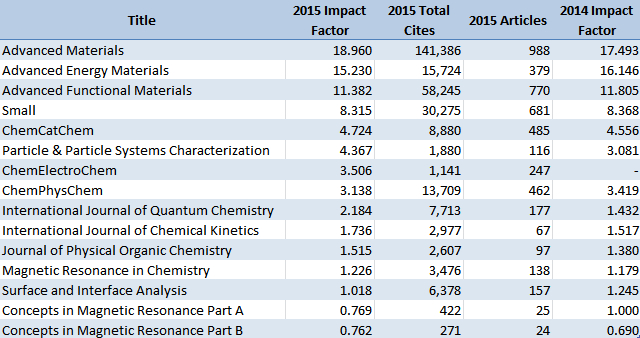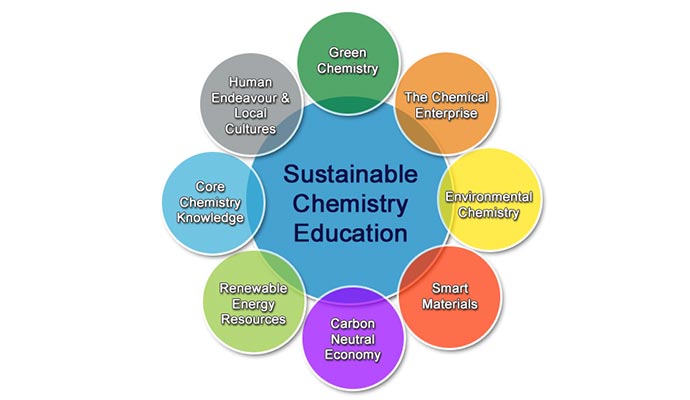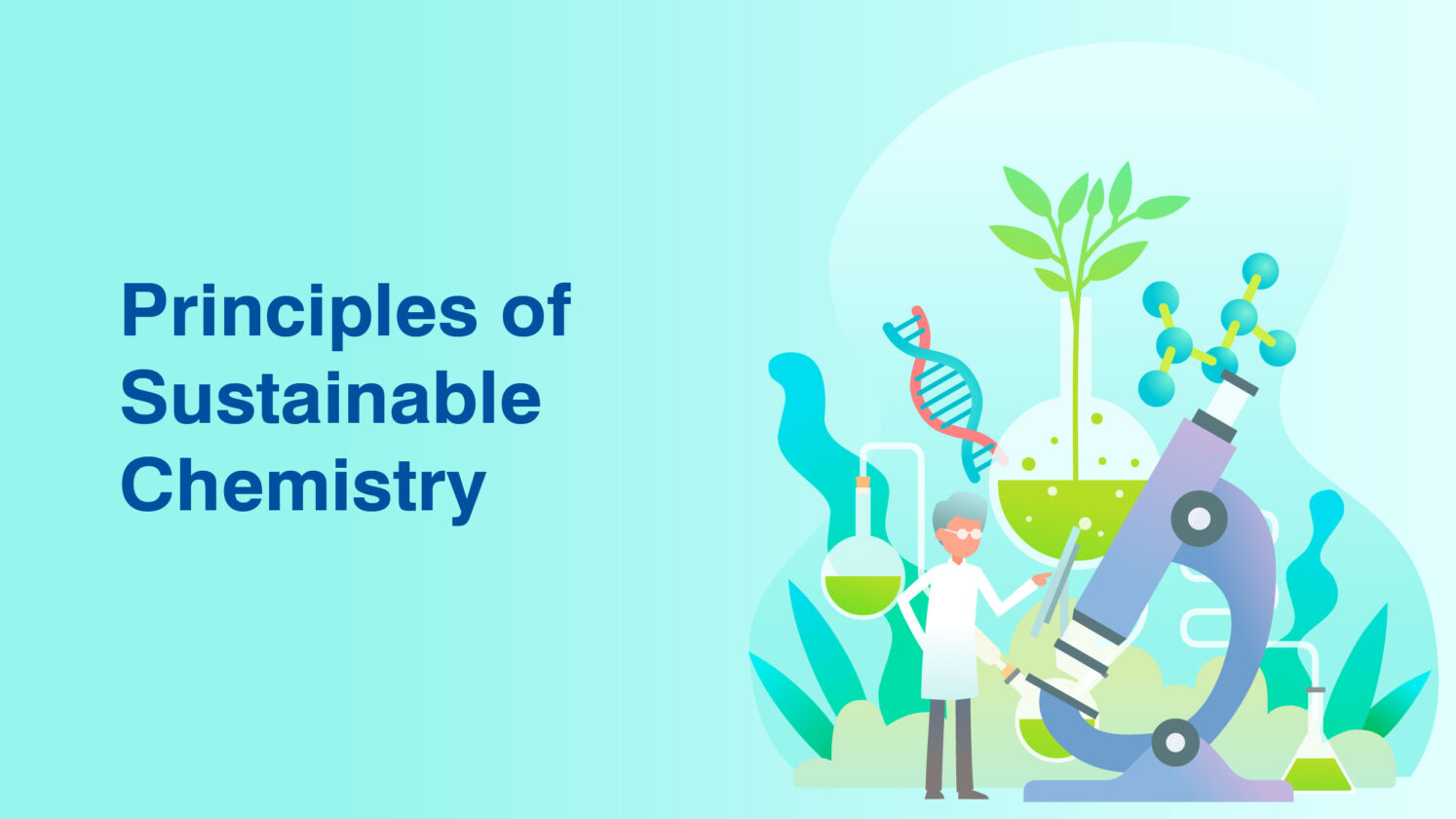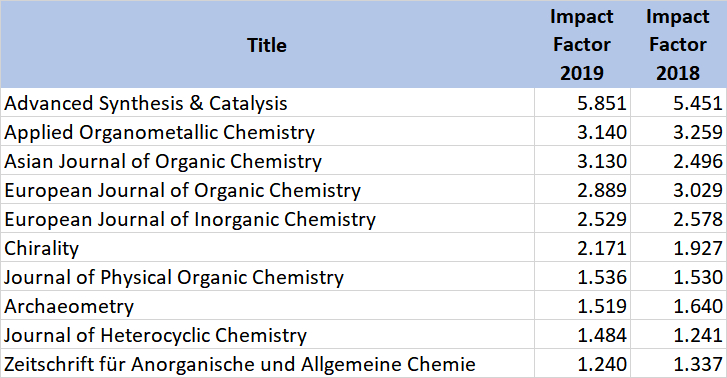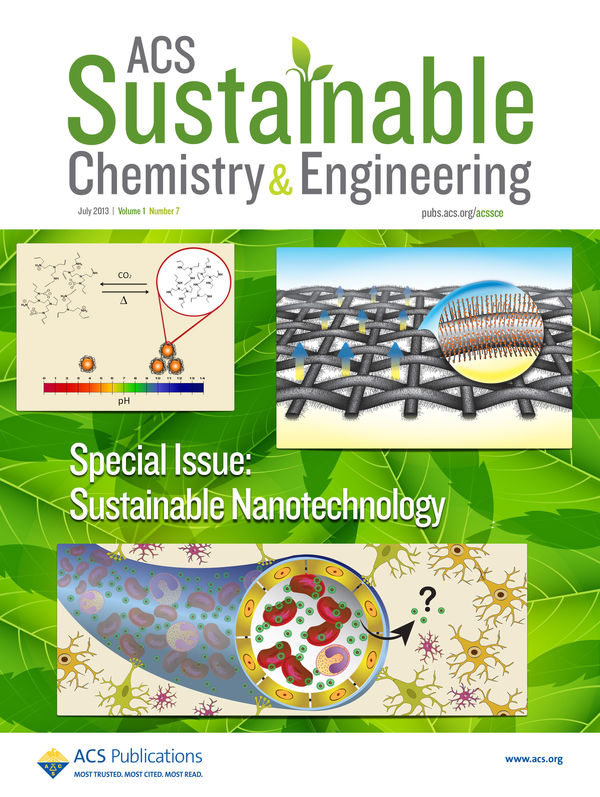Sustainable Chemistry One World Impact Factor

Imagine a world where scientific breakthroughs not only advance our understanding but also actively contribute to the well-being of our planet. Picture researchers, driven by a passion for both discovery and sustainability, working tirelessly to develop innovative solutions that minimize environmental impact while maximizing societal benefit. This vision is increasingly becoming a reality, thanks in part to the dedicated efforts within the field of sustainable chemistry.
At the heart of this transformative movement is the journal Sustainable Chemistry One World, a publication dedicated to showcasing cutting-edge research that aligns with the principles of green and sustainable chemistry. Its increasing influence, marked by a rising Impact Factor, signifies a growing recognition of the crucial role sustainable practices play in shaping a better future for all.
The journey toward sustainable chemistry is not a new one, but its acceleration in recent years reflects a heightened global awareness of the challenges posed by climate change, resource depletion, and pollution. For years, traditional chemical processes have been associated with environmental consequences, from the release of harmful pollutants to the generation of excessive waste. However, sustainable chemistry offers a paradigm shift, focusing on designing chemical products and processes that reduce or eliminate the use and generation of hazardous substances.
The principles of green chemistry, which underpin sustainable chemistry, were formally articulated by Paul Anastas and John Warner in their seminal book "Green Chemistry: Theory and Practice" in 1998. These principles provide a framework for chemists and engineers to develop more sustainable alternatives, guiding research and innovation towards environmentally benign outcomes.
Sustainable Chemistry One World serves as a pivotal platform for researchers to disseminate their findings and contribute to the growing body of knowledge in this crucial field. The journal’s scope encompasses a wide range of topics, including the development of bio-based materials, the design of energy-efficient processes, and the creation of safer and more sustainable chemical products.
Its commitment to rigorous peer review ensures the quality and reliability of the published research, making it a trusted source of information for scientists, policymakers, and industry professionals alike. The journal's name itself, Sustainable Chemistry One World, underscores the global interconnectedness of environmental challenges and the need for collaborative solutions.
The Impact Factor of a scientific journal is a metric that reflects the average number of citations received by articles published in that journal over a specific period. A higher Impact Factor generally indicates that the journal's publications are widely read and cited by other researchers, suggesting a greater influence within the scientific community.
Sustainable Chemistry One World has witnessed a notable increase in its Impact Factor in recent years. This upward trend is indicative of the journal’s growing prominence and the increasing recognition of the importance of sustainable chemistry research. The rise in citations reflects the expanding influence of the journal's publications on the scientific landscape.
This increased visibility is not merely a matter of academic prestige; it has real-world implications. By attracting more attention to the field of sustainable chemistry, the journal can help to accelerate the development and adoption of sustainable technologies and practices across various sectors.
One area where sustainable chemistry is making significant strides is in the development of bio-based materials. These materials, derived from renewable resources such as plants and algae, offer a sustainable alternative to traditional petroleum-based products. Researchers are actively exploring the use of bio-based polymers, plastics, and composites in a wide range of applications, from packaging and construction to textiles and transportation.
Another key area of focus is the development of energy-efficient chemical processes. Traditional chemical manufacturing often requires significant amounts of energy, contributing to greenhouse gas emissions and resource depletion. By designing processes that require less energy, or that utilize renewable energy sources, sustainable chemistry can help to reduce the environmental footprint of the chemical industry.
The design of safer and more sustainable chemical products is also a central tenet of sustainable chemistry. This involves identifying and eliminating hazardous substances from chemical formulations, and developing alternative chemicals that are less toxic and more biodegradable. The goal is to create products that are both effective and environmentally benign.
The work published in Sustainable Chemistry One World often showcases collaborations between researchers from different disciplines and institutions around the world. This collaborative spirit is essential for addressing the complex challenges of sustainability, as it brings together diverse perspectives and expertise to develop innovative solutions.
For example, a recent article in the journal highlighted a joint project between researchers in Germany and Brazil, who developed a novel catalyst for the production of biodiesel from waste vegetable oil. This catalyst, derived from a renewable resource, significantly reduced the energy consumption and waste generation associated with biodiesel production. This exemplifies the global collaborative spirit needed for real progress.
The rise of sustainable chemistry also has important implications for industry. Companies are increasingly recognizing the benefits of adopting sustainable practices, both from an environmental and an economic perspective. Sustainable processes can often reduce waste, lower energy costs, and improve product safety, leading to significant cost savings and enhanced competitiveness. Consumers, too, are becoming more aware of the environmental impact of the products they purchase, and are increasingly seeking out sustainable alternatives.
The increasing influence of Sustainable Chemistry One World is a testament to the growing importance of sustainable chemistry in addressing global challenges. As the journal's Impact Factor continues to rise, it will undoubtedly play an even greater role in shaping the future of chemistry and promoting a more sustainable world.
However, the journey toward widespread adoption of sustainable chemistry principles is not without its challenges. One of the key obstacles is the need for greater investment in research and development. Developing new sustainable technologies often requires significant financial resources, and governments, industries, and philanthropic organizations need to increase their support for sustainable chemistry research.
Another challenge is the need for greater education and training. Chemists and engineers need to be equipped with the knowledge and skills to design and implement sustainable chemical processes. Universities and colleges need to integrate sustainable chemistry principles into their curricula, and offer specialized training programs for professionals in the field.
Finally, there is a need for greater collaboration between researchers, industry, and policymakers. Sustainable solutions often require a holistic approach that takes into account the economic, environmental, and social impacts of chemical processes. Collaboration is essential for developing and implementing effective policies that promote sustainable chemistry.
As we look to the future, the role of Sustainable Chemistry One World in advancing the field of sustainable chemistry will only become more critical. By providing a platform for researchers to share their findings, and by raising awareness of the importance of sustainable practices, the journal can help to accelerate the transition to a more sustainable future. The growing Impact Factor is not just a number; it's a sign of a growing movement.
The pursuit of sustainable chemistry is not simply a scientific endeavor; it is a moral imperative. By developing chemical products and processes that are safe, efficient, and environmentally benign, we can create a world that is healthier, more prosperous, and more sustainable for generations to come. Sustainable Chemistry One World is playing a vital role in this crucial mission.
Consider the image of a young scientist, inspired by the research published in Sustainable Chemistry One World, embarking on a career dedicated to developing sustainable solutions. This is the kind of ripple effect that the journal hopes to create. It's about nurturing a generation of innovators who are committed to using chemistry to make the world a better place.


